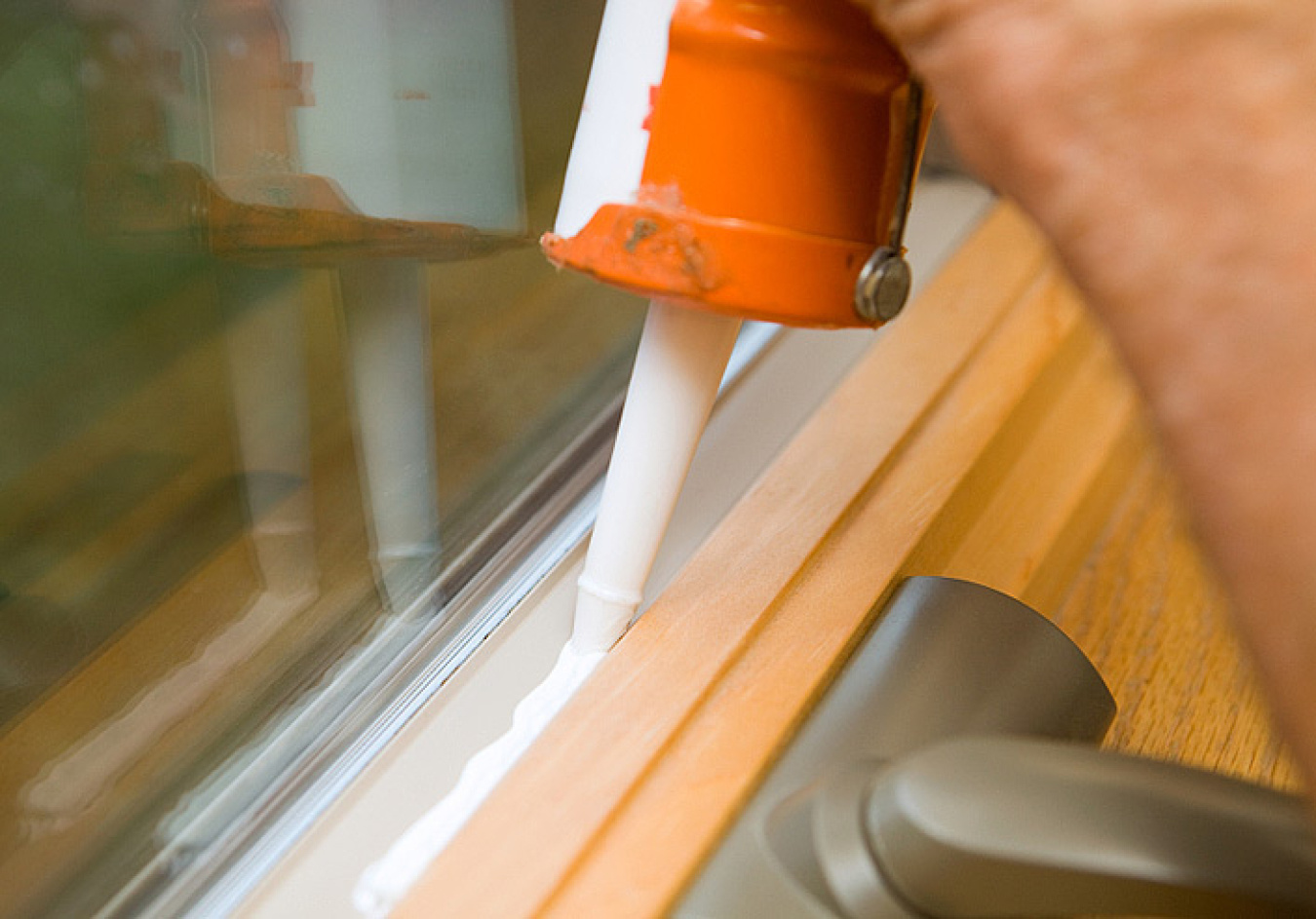January is often the coldest month of the year, making it a crucial time to focus on energy efficiency and preventing drafts in your home. Two simple yet effective ways to achieve this are by checking and replacing weatherstripping and caulking. These tasks can significantly reduce energy loss, lower your heating bills, and improve overall comfort.
Why Weatherstripping and Caulking Matter
Over time, weatherstripping around doors and windows can become worn, cracked, or damaged. Caulking can also shrink, crack, or pull away from surfaces. These gaps allow cold air to enter your home and warm air to escape, forcing your heating system to work harder and increasing energy consumption. By addressing these issues, you can:
- Reduce Energy Bills: Preventing drafts minimizes the workload of your heating system, leading to lower energy costs.
- Improve Comfort: Eliminating drafts creates a more consistent and comfortable temperature throughout your home.
- Prevent Moisture Damage: Proper sealing helps prevent moisture from entering your home, which can lead to mold, mildew, and structural damage.
Checking Your Weatherstripping

Here’s how to check the condition of your weatherstripping:
- Visual Inspection: Look for cracks, tears, or gaps in the weatherstripping around doors and windows.
- Feel Test: On a windy day, feel for drafts around doors and windows.
- Dollar Bill Test: Close a door or window on a dollar bill. If you can easily pull the bill out, the weatherstripping needs to be replaced.
Checking Your Caulking
Here’s how to check the condition of your caulking:
- Visual Inspection: Look for cracks, gaps, or areas where the caulk has pulled away from surfaces.
- Touch Test: Check if the caulk is hard, brittle, or crumbly.
Replacing Weatherstripping and Caulking
Replacing weatherstripping and caulking is a relatively straightforward DIY project. You can find various types of weatherstripping and caulk at your local hardware store.
- Weatherstripping: Choose the appropriate type of weatherstripping for your doors and windows (e.g., foam tape, felt, V-strip). Clean the surface thoroughly before applying the new weatherstripping.
- Caulking: Choose a caulk that is appropriate for the area you are sealing (e.g., silicone, acrylic latex). Remove the old caulk using a utility knife or caulk removal tool. Clean the surface and apply the new caulk in a smooth, even bead.
When to Call a Professional
While these tasks are often DIY-friendly, there are times when it’s best to call a professional:
- If you are unsure about which type of weatherstripping or caulk to use.
- If you have difficulty accessing certain areas, such as high windows.
- If you discover significant damage or rot around doors or windows.
J&D Handyman Can Help!
If you’d rather leave these tasks to the experts, J&D Handyman is here to help! We offer professional weatherstripping and caulking services to ensure your home is energy-efficient and comfortable all winter long. We serve Fauquier County, including Warrenton, Virginia.
Contact us today for a free quote!
📞 Call: 540-270-5564 💻 Visit: https://janddhandyman.com/
By taking the time to check and replace your weatherstripping and caulking, you can save money on energy bills and create a more comfortable home this January.





